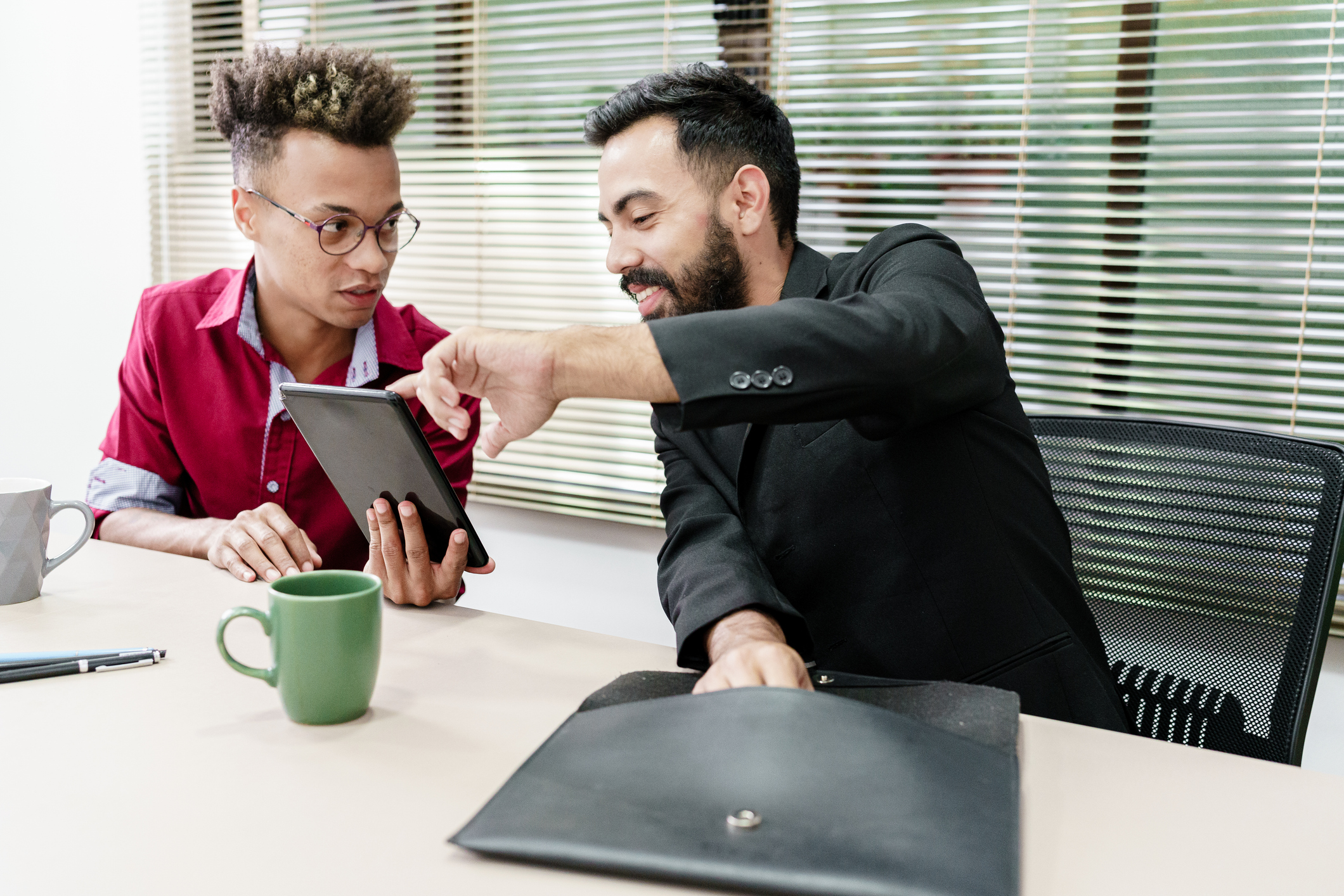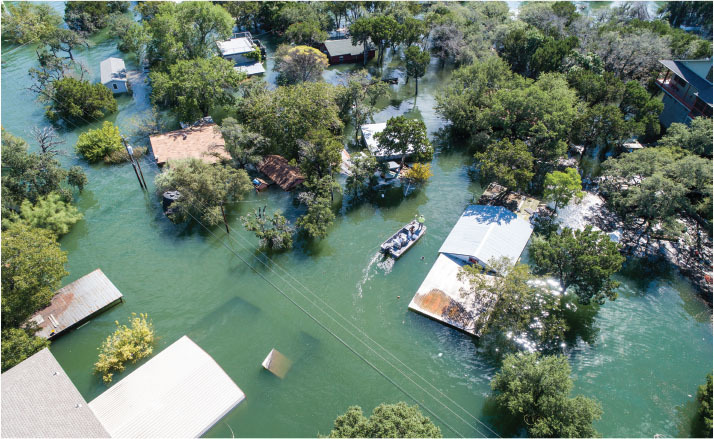October 2014
CONCEPTS
5 Ways Engineers Can Handle Extreme Uncertainty
BY PAT SWEET, P.Eng.
 Uncertainty is characterized by high complexity (that is, many players or factors are at work) and high instability (things can change in a moment). If you have both complexity and instability, you have an uncertain environment.
Uncertainty is characterized by high complexity (that is, many players or factors are at work) and high instability (things can change in a moment). If you have both complexity and instability, you have an uncertain environment.
This is exactly the kind of environment I work in, and it can be brutally difficult to stay on top of things. I work in the rail industry. As you can imagine, building a new rail vehicle is a massive undertaking with hundreds of people spread throughout the world, all with competing demands and shifting timelines. It’s hard, and exhausting, and exciting. I’m sure you feel the same way at work sometimes.
One thing I’ve noticed is that engineers who are able to cope well with, or even thrive in, uncertainty are those who find success in their careers.
Engineers are in a bit of a pickle, though. We’re supposed to pay close attention to standards, laws, regulations, design best practices, specifications, requirements, and in-house design books. All of this infers a very regimented, methodical approach to design. It requires control and structure. In organizational theory, they call this a “mechanistic” approach. However, this approach is in direct conflict with the need to deal with uncertainty, which requires flexibility and adaptability.
So, what’s an engineer to do?
Here are five ideas that you can put to use:
-
Document obsessively: This is probably the most important strategy to handle uncertainty. If you don’t take careful note of basics, like your to-do list, meeting minutes, important conversations you’ve had, and on-site observations, you’re toast. In a world where there are so many different things to keep track of, and each can change unpredictably, there’s no way you’re going to be able to keep it all in your head. Get it on paper or in a digital notebook.
-
Master e-mail: One reason it can be difficult for engineers to handle uncertainty is that they don’t handle their communications well. E-mail is especially bad for getting unruly and out of hand. Engineers who don’t master their inbox miss important messages and aren’t able to stay on top of their projects. One strategy: If possible, keep your e-mail client closed, but set aside dedicated time each day to deal with it. This will eliminate a constant distraction and help you focus on your real work.
-
Understand the bigger picture: Often, engineers can lose their bearings with respect to why they are doing certain things, filling out certain forms, or making certain requests of vendors. I recently overheard a conversation where an engineer was asked why he requested a certain deliverable from a supplier. He had no idea. The point here is that in highly uncertain environments, it’s easy to put your head down and just do your work. This can be dangerous. It’s important to look up every so often and try to understand what’s going on around you so that you know the work you’re doing is on track. You might be surprised how often you need to pivot.
-
Pursue the truth actively: In highly uncertain environments, it’s very easy to satisfy yourself with simplistic answers to tough questions. For example, how many times have you heard, “We’re designing it this way because this is how we did it on the last project”? That may be a totally valid design approach—but maybe it’s not. Often, the decision to reuse an old design is made out of laziness, not strong engineering. It may be very difficult to determine why something was done a certain way in the past and if that same approach is appropriate today. In this kind of environment, you need to have the determination and perseverance to sort out what you need to do.
-
Accept risk: Many engineers tend to be risk averse. They love to come up with the perfect solution—one that will always work. In a complex world of rapid change, this is not possible. You can never know every factor at play, and even if you did, you can’t rely on them to remain constant. In order to get things done, engineers need to learn to assess risk and accept a certain amount of it. In most cases, if a risk is realized you can fix your design. It may not be pretty, but it’s the reality of your environment. One caveat to this point: Public safety can never be compromised. No system is ever 100% safe at all times and under all conditions, but this is one area where you have a professional obligation not to skimp. You can’t experiment and just “see what happens.”
Pat Sweet, P.Eng., is an electrical engineer from Kingston, Ontario, Canada. He blogs at www.engineeringandleadership.com.


 Volunteering at NSPE is a great opportunity to grow your professional network and connect with other leaders in the field.
Volunteering at NSPE is a great opportunity to grow your professional network and connect with other leaders in the field. The National Society of Professional Engineers (NSPE) encourages you to explore the resources to cast your vote on election day:
The National Society of Professional Engineers (NSPE) encourages you to explore the resources to cast your vote on election day:



